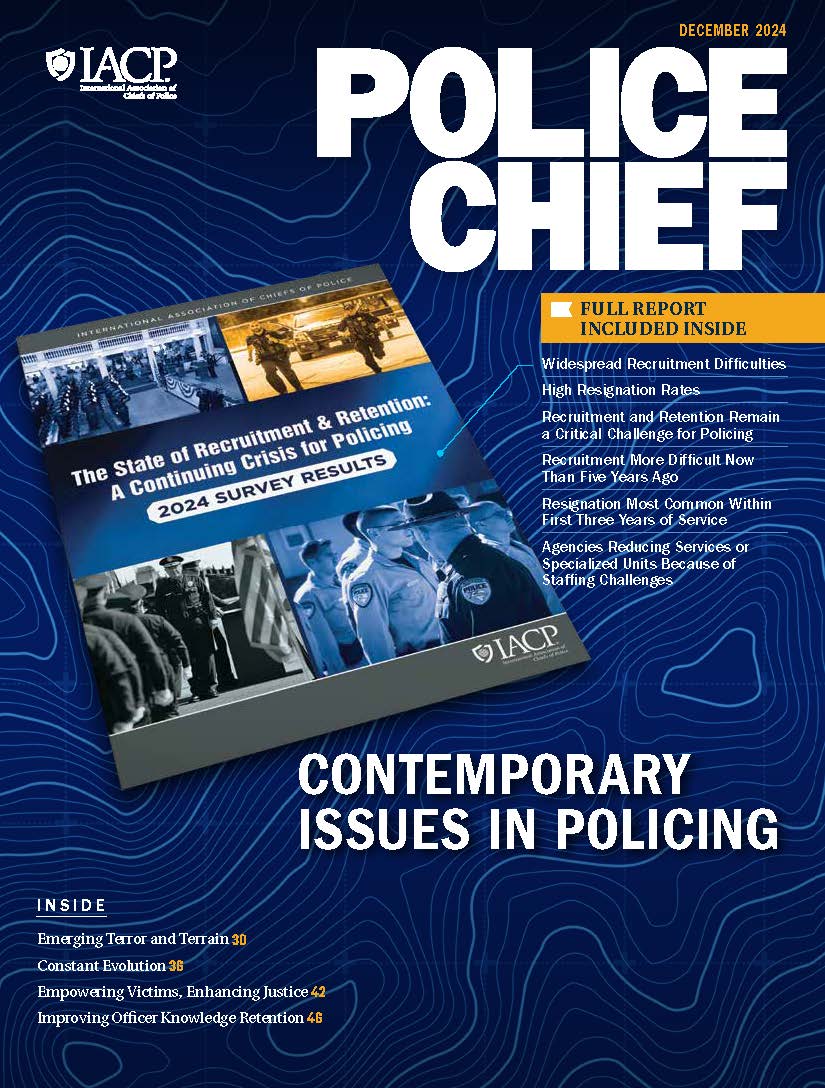A few years ago you might have met Dena Kline. She was 80 years old, five feet tall, and 80 pounds on chemotherapy for bone cancer and taking asthma and pain medication. On February 23, 2007, at 4:00 p.m., she left home southwest of Portland, Oregon, to pick up a prescription. For the next 10 hours, she drove 80 miles. During her trip, she was contacted by law enforcement twice for suspicion of DUI but was released after it was determined she hadn’t been drinking. On the morning of February 25, she was reported missing by her daughter. Over the next few days, the sheriff’s office conducted a county-wide search—to no avail. Four months later, her car was found in the Willamette River with her body inside. Because law enforcement did not go far enough in determining the extent of her impairment, they allowed her to continue to drive.
While this is an extreme example of unsafe driving in the elderly, it is a real one, and it underscores the need to provide training and screening tools to law enforcement to more effectively identify and manage this problem.


